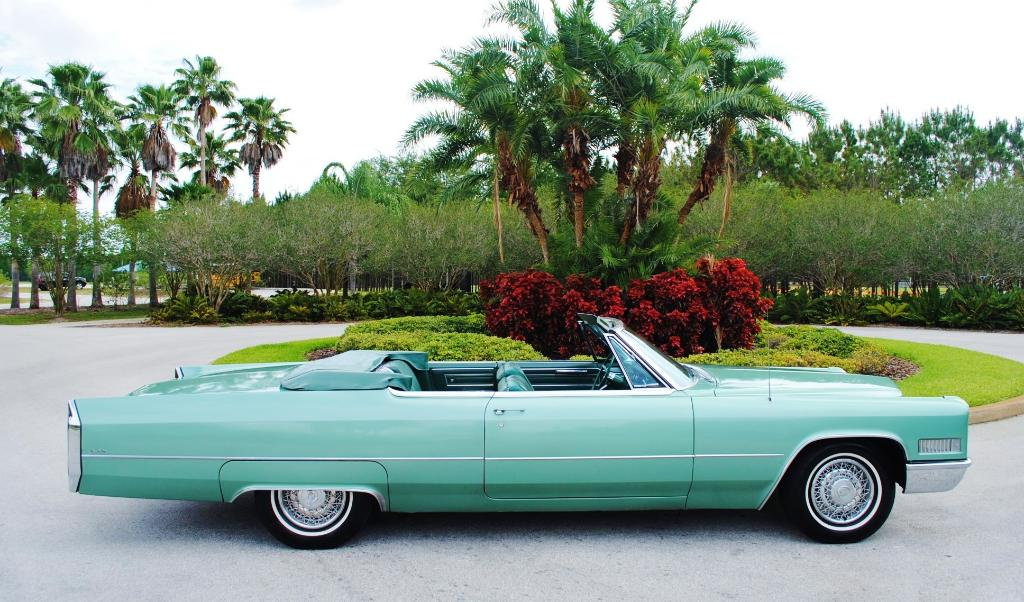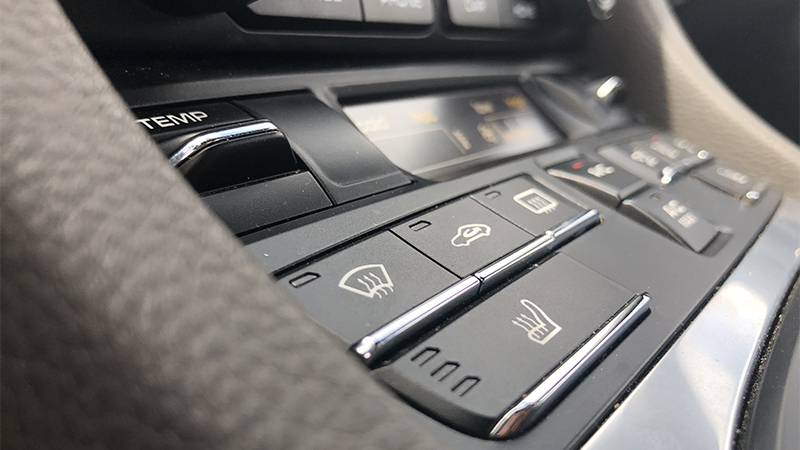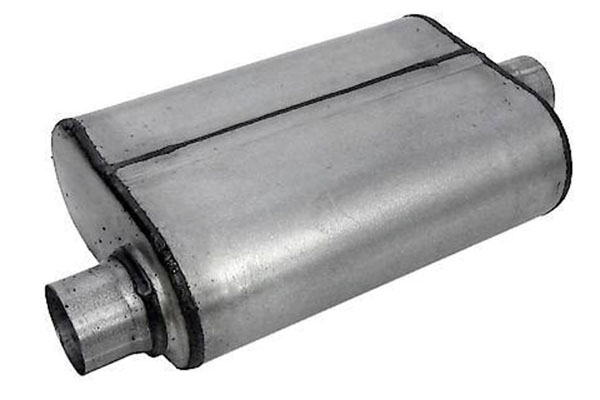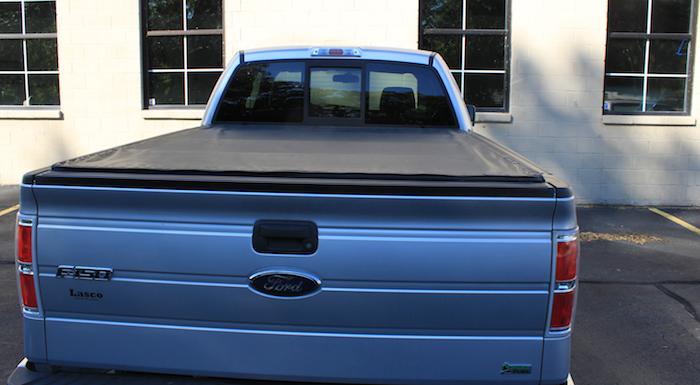When cars were first invented, riding in them could be downright chilly, especially during winter months. After all, these early-model vehicles were open bodied, so wind could whip around drivers and passengers alike as rain, snow, and/or sleet fell freely upon their heads. Glass windshields started to appear around 1907, breaking some of the wind, and motorists bundled up and put gas lamps in their cars to create some radiated heat, but still, it was cold.
A history of heat in cars
At the 13th National Automobile Show in New York, a mass production car debuted that was fully enclosed: the Hudson “Twenty,” which was produced in Detroit, starting on July 3, 1909. Because this car was a warmer ride, 4,000 vehicles sold that year—in spite of it having a nearly 1,000 dollar price tag (about 26,000 dollars today). Remember, car financing wasn’t typically available to buyers then. In 1910, Hudson built nearly 6,500 of these cars to continue to meet demand.
By 1925, Hudson was the third largest US car manufacturer behind Ford and Chevrolet. Although an enclosed car was warmer than an open-bodied one, traveling was still a cold proposition in the winter. Enterprising people tried to recycle exhaust fumes into their vehicles to benefit from small amounts of interior heat. This isn't a particularly safe idea, though, and it couldn’t have smelled great, either, so inventors progressed and in 1929, a hot air heater was available in the Ford Model A. It took a while to fire up and it provided inconsistent engine-generated heat, but it was safer than inhaling exhaust fumes.
Ford continued their innovation and in 1933 installed the first in-dash heating unit, which was gas powered. In the midst of Ford inventing, General Motors created a heater that used redirected engine coolant, debuting the first modern heater core in 1930. Although improvements are continually being made in the auto world, including with heaters, this 1930 model is still the basis of what’s being used today.
Heated car seats: the history
Although car heaters made driving far more comfortable, a heated car seat would provide targeted heat to one particular body part, an appealing idea to many. It’s reported in many places online that General Motors (GM) tested car seat heaters as early as 1939 on select models, but no additional details or sources seem to be available. GM was a pioneer in the heated seat effort, as Robert Ballard of GM is credited with the first patent. He applied for his patent in 1951 and was issued #2,698,893 in 1955. See pictures and detailed text of his patent.
 1966 Cadillac DeVille convertible, Source | That Hartford Guy, Flickr
1966 Cadillac DeVille convertible, Source | That Hartford Guy, Flickr
In 1966, the Cadillac DeVille came with the option of heated seats, along with two other luxury innovations: headrests and an AM/FM radio. This option more closely resembled heating pads for the seats, rather than today’s more sophisticated options, but least they were warm.
Who gets credit for the first “real” heated seats? Saab, although their initial goal was to minimize backaches, which would lead to more pleasurable traveling and make for safer driving, according to Saab. The original press release reassured car owners that the heating system was not affected by dampness or water, causing Jalopnik to have this bit of fun: "I like the 'not affected by dampness' part in there, because that’s automaker code for 'Go ahead and wet your pants! You won’t die! Enjoy!'"
Heated car seats: the drawbacks
In a 2011 article in The Legal Examiner, it was stated that approximately 30 percent of cars on the road today come with heated seats. Edmunds.com states it in a different way: that nearly 300 car models come with seat warmers. There is no doubt that they provide comfort in the cold months.
However, although manufacturers typically list that these heaters max out between 86 and 113 degrees Fahrenheit, temps can sometimes reach 150 degrees. Third degree burns can develop in about ten minutes when temperatures reach 120 degrees. Drivers with diabetes, neuropathy, and/or other paralysis issues may not have the ability to sense danger in time to shut off the heater.
Toasted skin syndrome is an actual condition that, according to the Chicago Tribune in 2013 “results when the backs of your legs, thighs, and buttocks become darkened and discolored after too much time snuggled into a heated seat. Yes, your Fanny Fryer accessory package literally could tan your hide.” This includes the use of heated cloth seats. The article goes on to say that the National Highway Traffic Safety Administration and the Society of Automotive Engineers alike have formed “what can only be called crack teams to get to the bottom of it all and forge safety standards.”
It’s all too easy to joke about seat warmer challenges, but results can be quite serious. The integrity of the burned skin, The Legal Examiner article states, could be compromised permanently. Numerous people have already received significant burns from car seat heaters. Bottom line? (Last joke, promise.) Heated seats can do wonders to warm cold posteriors, so long as drivers are aware of the risks and use them according to manufacturer recommendations.
Does your vehicle have seat warmers? Do you use them? Share your experience in the comments section.









